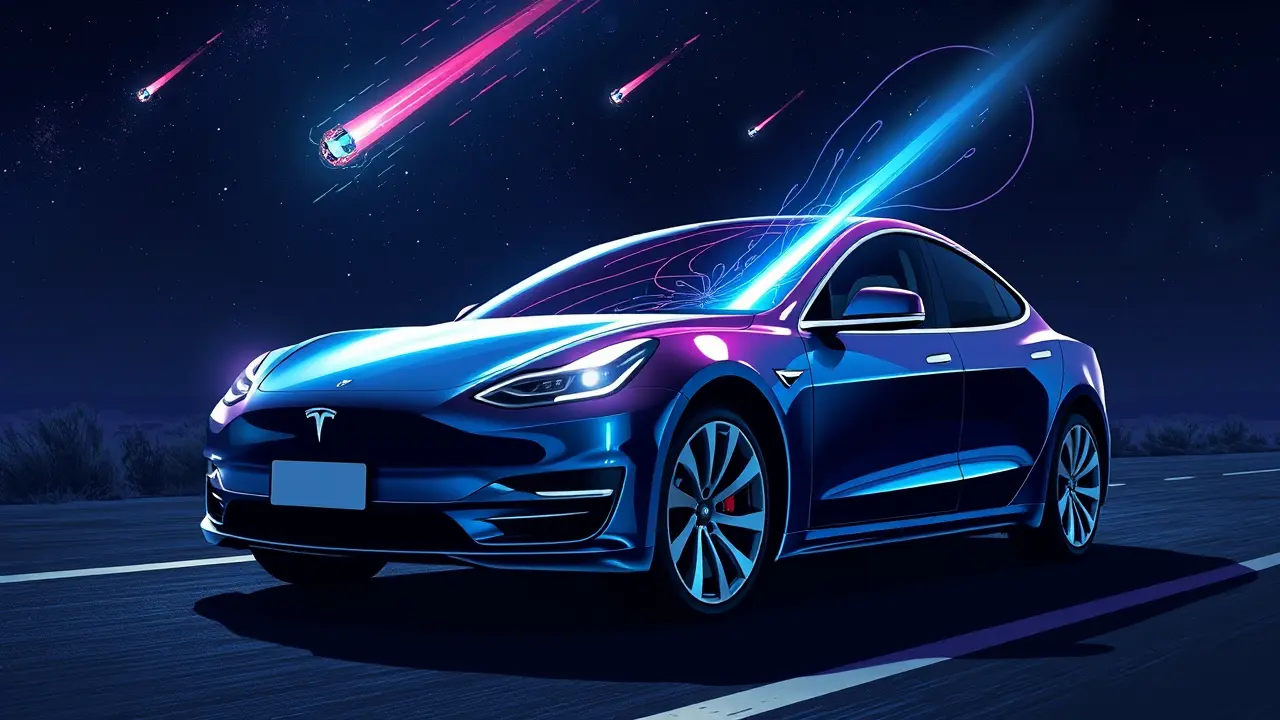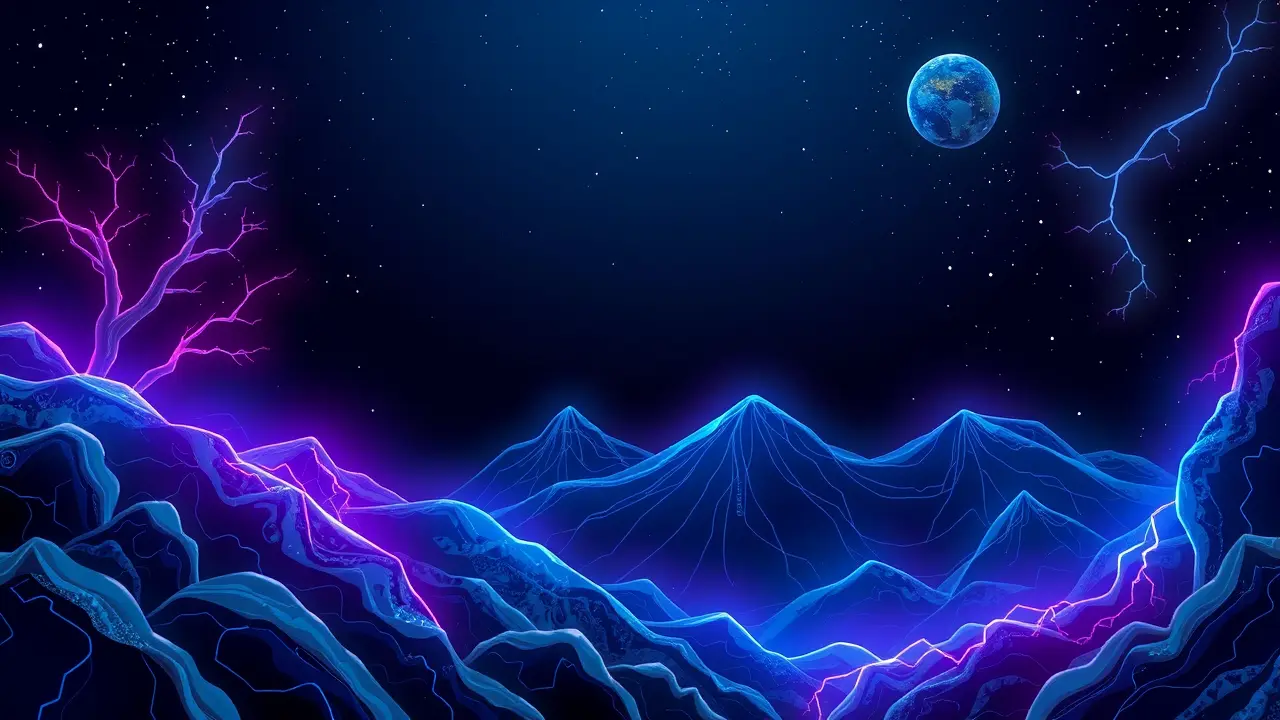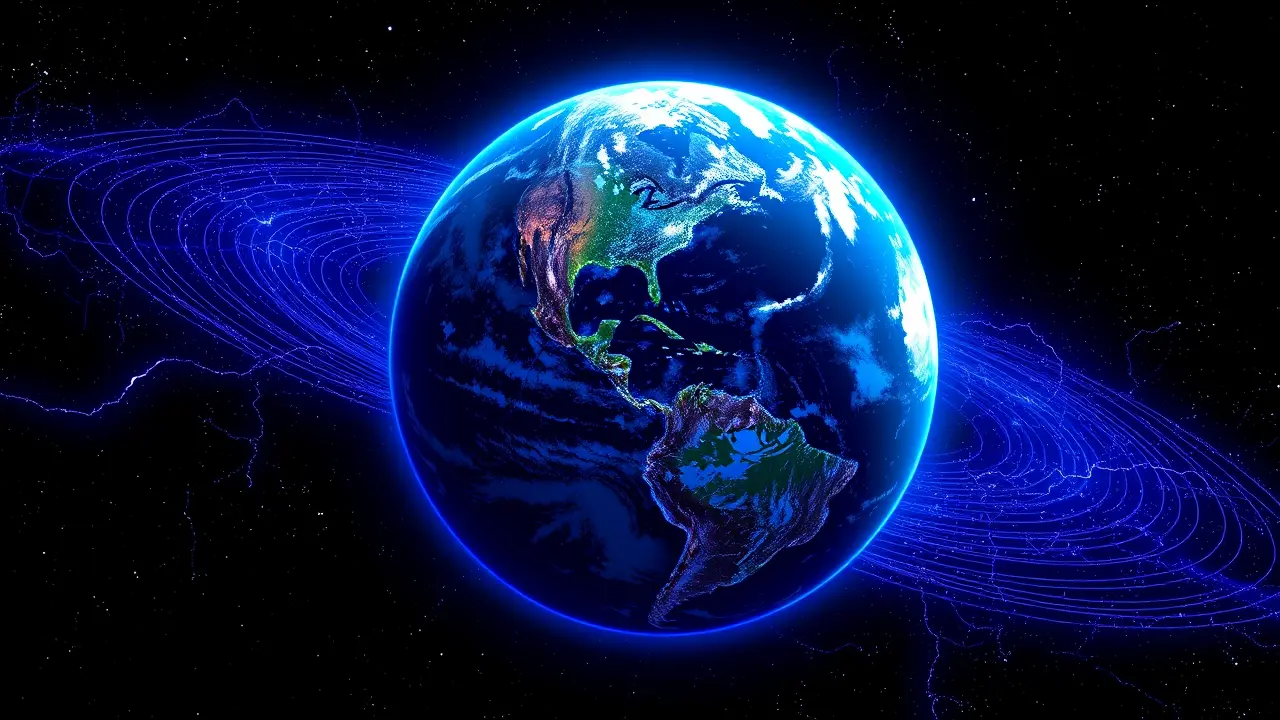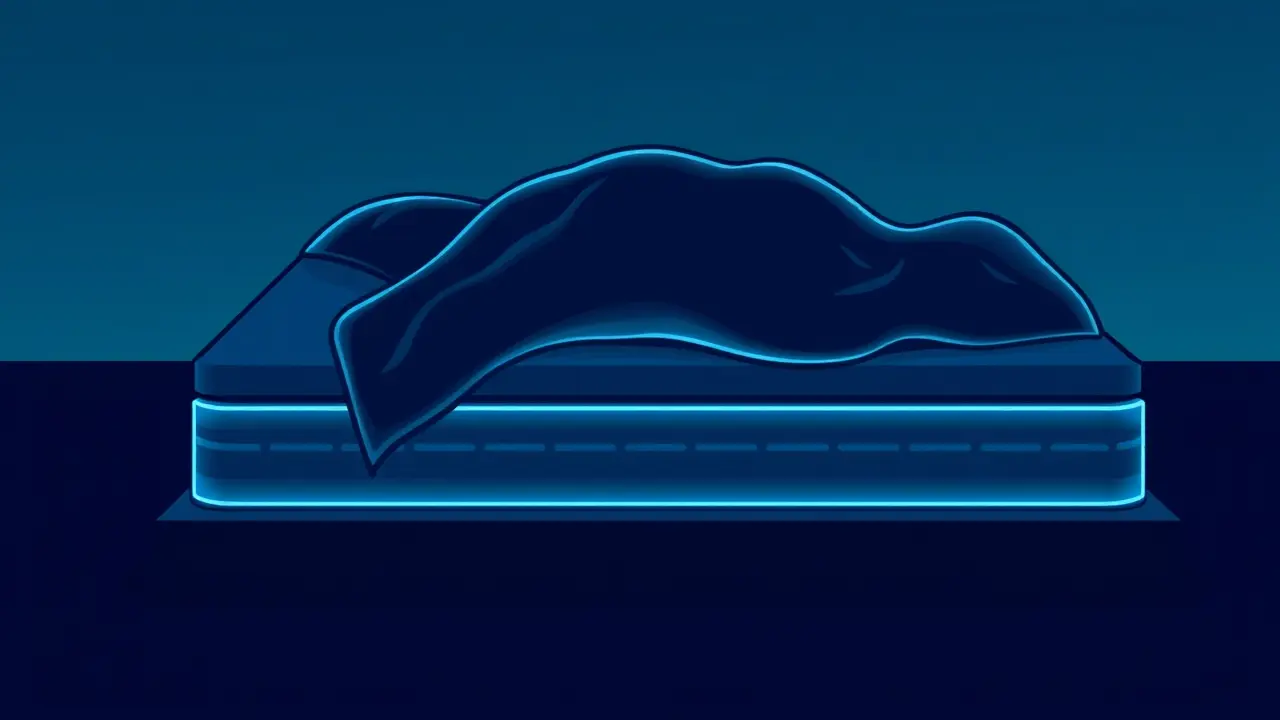
Hottest
Sciencespace & astronomy
Mystery Object Smashes Into Tesla, Possibly a Meteorite
TH
Thomas Green
13 hours ago7 min read2 comments
The odds of getting hit by a meteorite are astronomically slim, often cited as one in several trillion, a figure that makes Andrew Melville-Smith’s recent drive along South Australia’s Augusta Highway feel like a scene ripped from a cosmic thriller. The local veterinarian was behind the wheel of his Tesla when an unidentified object, moving with staggering velocity, slammed into the windshield with such force that the glass visibly rippled like liquid—a testament to the immense energy of the impact.Initial shock gave way to bewilderment; what could have struck with the violence of a bullet yet left no immediate trace of its origin? The immediate suspicion, given the lack of debris from terrestrial sources like construction or other vehicles, points toward an extraterrestrial culprit: a meteorite. This isn't merely a freak accident but a rare tangible connection to the vast, dynamic solar system we inhabit.Each day, tons of cosmic material rain down on Earth, but virtually all of it burns up harmlessly in the atmosphere as shooting stars. For a fragment to survive the fiery descent and strike a specific, moving car on a specific highway involves a chain of improbabilities that dwarfs any lottery win, unfortunate or otherwise.The science behind meteorite impacts is both fascinating and terrifying. When a space rock, often a fragment from an asteroid belt or a comet, enters the atmosphere at speeds exceeding 10 to 70 kilometers per second, it compresses the air in front of it, generating intense heat that typically vaporizes all but the largest and most robust stony or metallic bodies.The ones that make it to the ground, known as meteorites, are geological time capsules, preserving the pristine chemistry of the early solar system. If this object is confirmed to be a meteorite, it would join a very exclusive club of documented cases where human property—or, in even rarer and more tragic instances, humans themselves—has been struck.The most famous case is that of Ann Hodges of Sylacauga, Alabama, who in 1954 was napping on her couch when a 4. 5-kilogram meteorite crashed through her roof, bounced off a radio, and struck her on the hip, leaving a substantial bruise; she remains the only person in modern history with a verified injury from such an event.More recently, in 2013, the Chelyabinsk event over Russia demonstrated the destructive potential of larger objects, where a 20-meter-wide asteroid exploded in the atmosphere, releasing energy equivalent to about 30 Hiroshima bombs and shattering windows across a vast region, injuring over a thousand people with flying glass. The Tesla incident, while on a vastly smaller scale, taps into the same primal awe and vulnerability.It raises immediate questions for investigators: Where is the object? Did it disintegrate on impact, or is a fragment embedded somewhere in the vehicle's structure? The analysis of the car's windshield and surrounding bodywork will be crucial. Specialists would look for fusion crust—a thin, melted and re-solidified outer layer that forms during atmospheric entry—and test for the unique mineralogical signatures, like the presence of chondrules or high nickel content in iron meteorites, that distinguish space rocks from Earthly stones.Furthermore, the event highlights the growing field of planetary defense. NASA and other space agencies actively track Near-Earth Objects (NEOs) larger than 140 meters, but countless smaller objects, like the one potentially responsible for this strike, remain undetected until they enter our atmosphere.This incident serves as a stark, real-world reminder that the sky is not empty but is a active shooting gallery, and our technology, from advanced automotive glass to global monitoring systems, is constantly being tested against these natural phenomena. For Andrew Melville-Smith, his Tesla has become more than just an electric vehicle; it's a potential witness to a billion-year journey that ended violently on a highway, a conversation piece that bridges the gap between our mundane daily commutes and the epic, chaotic processes that shape our cosmic neighborhood. The investigation continues, and the confirmation of a meteorite strike would not only make his car a unique artifact of scientific interest but also solidify this event as one of the most remarkable pieces of roadside drama in modern memory.
#hottest news
#Tesla
#meteorite
#space debris
#impact
#South Australia
#windshield
#astronomy
#mystery object
Stay Informed. Act Smarter.
Get weekly highlights, major headlines, and expert insights — then put your knowledge to work in our live prediction markets.
Related News
© 2025 Outpoll Service LTD. All rights reserved.












